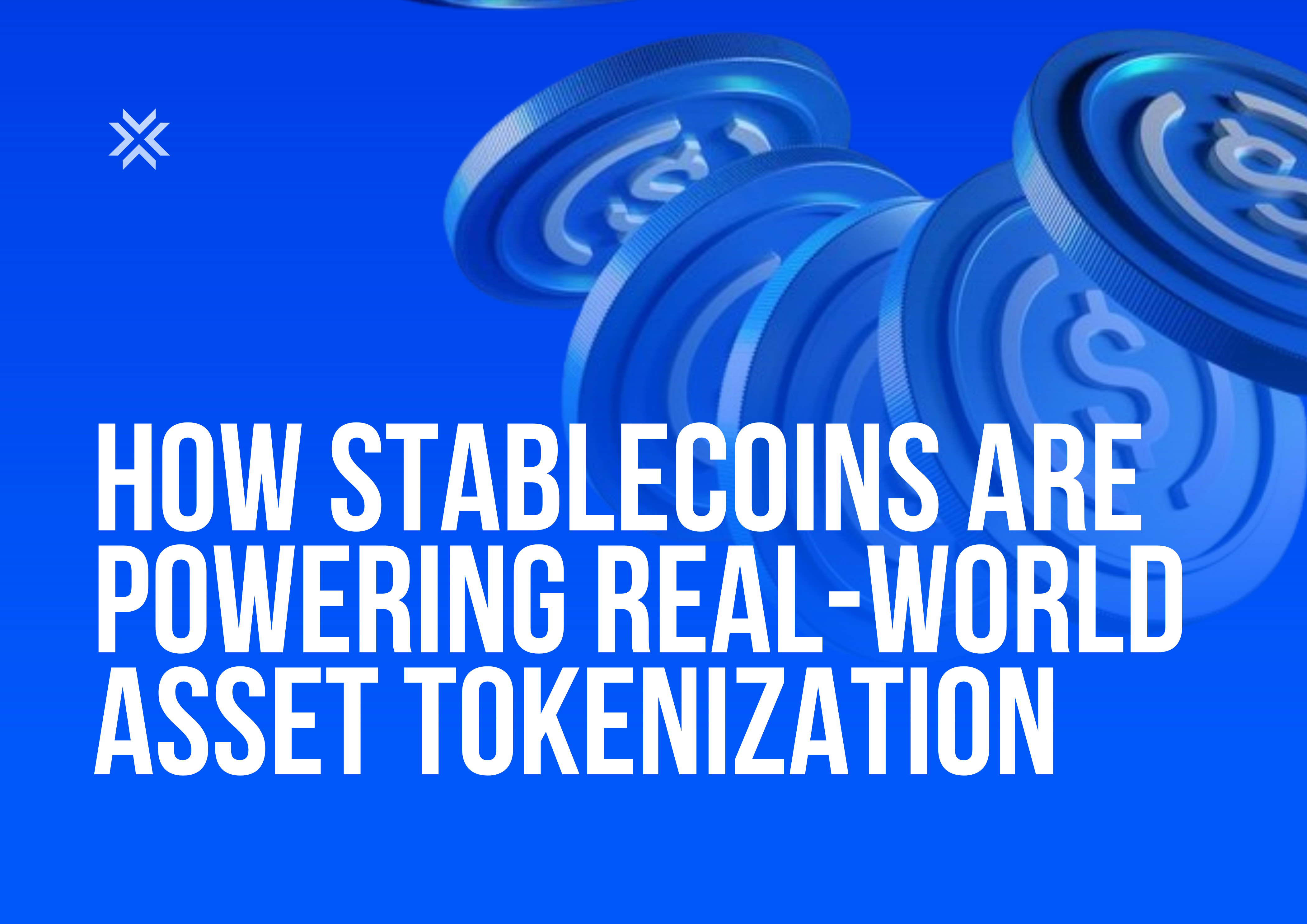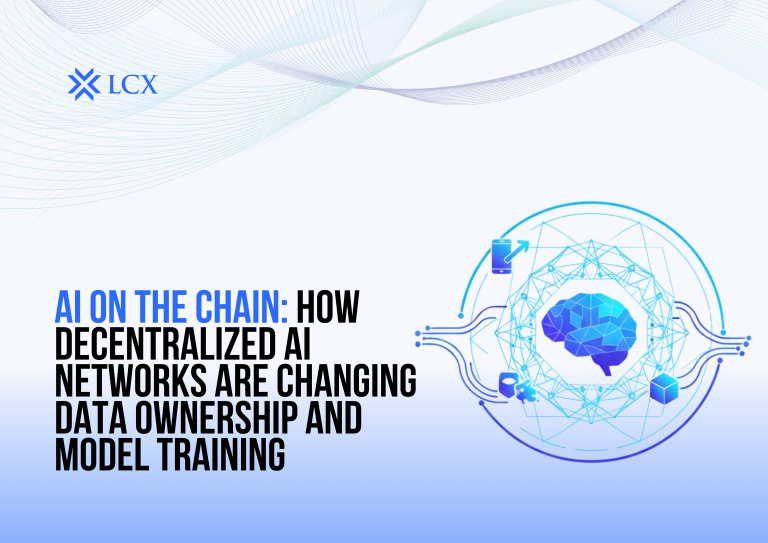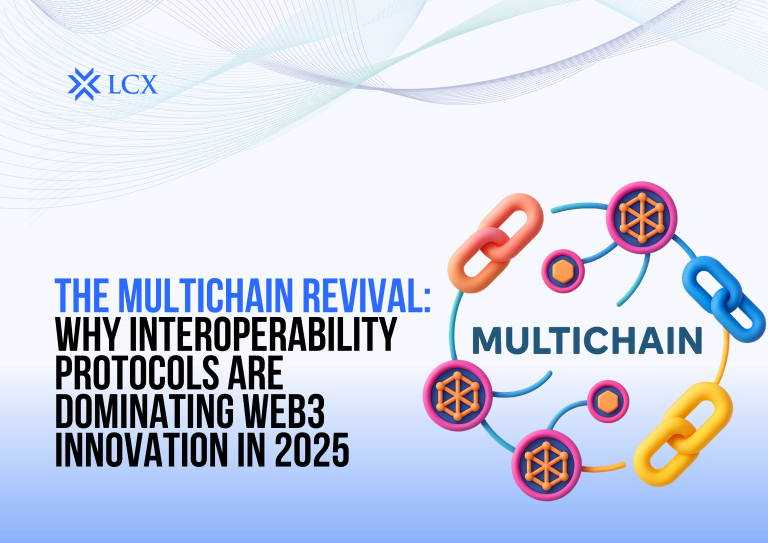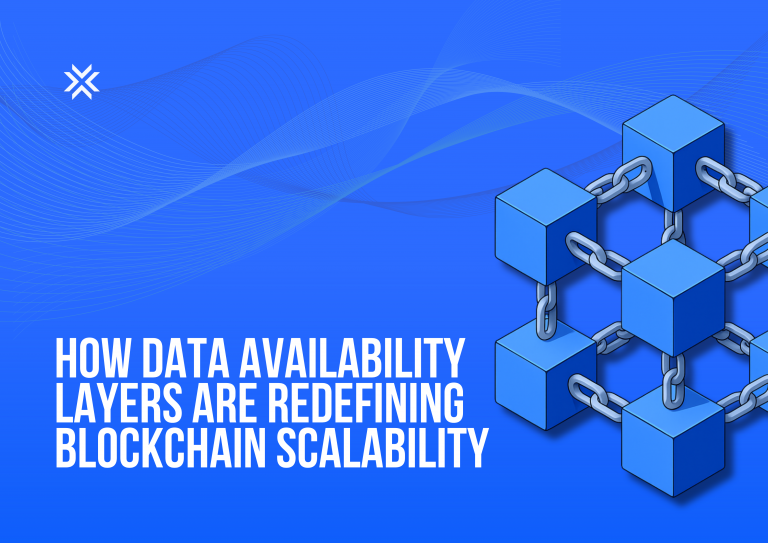The convergence of stablecoins and real-world asset (RWA) tokenization marks a defining moment for the digital economy. As traditional finance and blockchain technology continue to merge, stablecoins have become the lifeblood of liquidity in tokenized ecosystems — bridging fiat currencies with blockchain-based assets.
This article explores how stablecoins enable RWA tokenization, why they are critical to its growth, and what the future holds for this synergy.
Understanding the Foundation
Real-world asset tokenization refers to the process of converting tangible or intangible assets — such as real estate, gold, commodities, or even debt instruments — into digital tokens on a blockchain. These tokens represent ownership or rights and can be traded, transferred, or used as collateral, much like cryptocurrencies.
However, RWAs need a stable unit of value for seamless transactions and valuation — and that’s where stablecoins come in.
The Role of Stablecoins in RWA Tokenization
1. Liquidity and On-Chain Settlements
Stablecoins provide instant, borderless liquidity for tokenized assets. When real-world assets are brought onto the blockchain, traditional banking rails often slow down settlement and increase costs.
By using stablecoins like USDC, USDT, or DAI, participants can trade tokenized assets in real time, with near-zero friction and 24/7 settlement capability — a stark contrast to traditional finance’s limited operating hours.
2. Price Stability and Valuation
Unlike volatile cryptocurrencies, stablecoins maintain a peg to fiat currencies (most commonly the USD).
This stability ensures that the value of tokenized assets remains predictable, making it easier for investors to price, collateralize, or hedge their holdings.
Without stablecoins, valuation in tokenized markets would be highly unstable, discouraging institutional adoption.
3. Bridging Traditional Finance and DeFi
Stablecoins act as a universal medium of exchange between traditional financial systems and decentralized finance (DeFi).
Institutions that tokenize assets can denominate those assets in stablecoins, allowing instant integration with DeFi platforms for lending, borrowing, and yield generation — all while maintaining compliance and fiat equivalence.
For instance, tokenized Treasury bills, bonds, and real estate assets are increasingly being traded and collateralized using stablecoins as the base currency.
4. Reducing Counterparty and Settlement Risks
Stablecoin-based settlement eliminates intermediaries, reducing counterparty risks.
When a tokenized RWA is bought or sold, stablecoin payments settle on-chain and instantly, ensuring simultaneous exchange of value.
This atomic settlement drastically reduces settlement times (from days to seconds) and minimizes the risk of payment failure — something that traditional systems like SWIFT cannot achieve.
5. Enabling Programmable Finance
Smart contracts powered by stablecoins bring programmability to tokenized assets.
For example, when tokenized bonds or real estate pay out returns, stablecoins can be distributed automatically to investors based on contract conditions — with transparency and traceability.
This automation not only saves time but also enhances trust through verifiable, on-chain logic.
Use Cases in the Real World
- Tokenized Gold and Commodities: Projects like Tether Gold (XAUT) use stablecoins to represent gold ownership, allowing investors to buy, sell, or hold gold in a fully digital form.
- Tokenized Real Estate: Platforms tokenize fractional ownership of properties and use stablecoins for rent collection and dividend distribution.
- Tokenized Bonds and Treasuries: Firms like Franklin Templeton and Ondo Finance issue tokenized government securities and settle them using stablecoins like USDC.
These examples showcase how stablecoins aren’t just enabling tokenization — they’re making it operationally possible at scale.
The Regulatory Landscape
Regulators are beginning to recognize the role of stablecoins in modern financial infrastructure.
The European Union’s MiCA regulation, for example, provides a framework for issuing asset-referenced tokens, ensuring stability, transparency, and compliance — essential pillars for RWA growth.
As these frameworks mature, stablecoins will increasingly serve as the trusted transactional layer for regulated tokenized assets across jurisdictions.
The Future: Stablecoins as the Financial Backbone of Tokenization
Looking ahead, stablecoins will likely evolve from being just a medium of exchange to becoming the core settlement layer for digital assets worldwide.
With institutional adoption accelerating, we can expect:
- Integration of CBDCs (Central Bank Digital Currencies) with stablecoins for hybrid settlement systems.
- Tokenized asset exchanges denominated entirely in stablecoins.
- AI-powered risk management tools leveraging stablecoin-based transaction data for smarter, transparent investing.
The synergy between stablecoins and RWAs will define the next generation of blockchain finance — transforming markets that were once illiquid, opaque, and inaccessible into transparent, programmable, and globally liquid ecosystems.
Final Thoughts
Stablecoins are not just an innovation; they are the foundation upon which real-world asset tokenization thrives.
They bring stability, interoperability, and liquidity — bridging the gap between the physical and digital economies.
In essence, while blockchain tokenizes the world, stablecoins power its economy.









